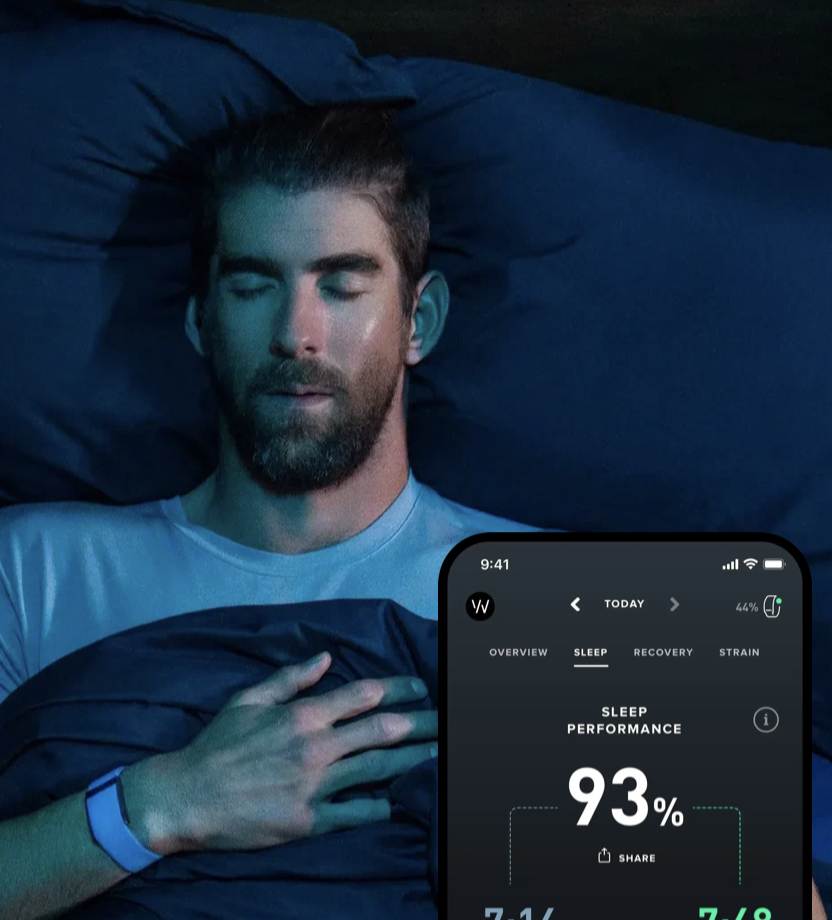Peak Performance a Heartbeat Away
The science of Heart Rate Variability and what it means for peak performance and overall health
Heart Rate Variability (HRV), regulated by the autonomic nervous system, is a valuable metric for assessing physical fitness and the body's readiness to perform. Measured in milliseconds (ms), HRV represents the variation in time between heartbeats. Generally, higher HRV indicates better fitness. However, it's important to understand that HRV is highly individualized and can vary significantly from person to person. Additionally, HRV can fluctuate greatly from day to day and even throughout the day.
Optimal Heart Rate Variability
If you aim to determine what constitutes a normal or "healthy" HRV for you, various factors come into play. Age, gender, lifestyle, fitness level, genetics, and even your environment all influence heart rate variability. Typically, HRV decreases with age, and males tend to have slightly higher HRV on average than females. Athletes generally exhibit greater HRV than non-athletes, although this is not always the case. Many individuals in excellent physical condition may still have HRV below the average.
So what’s the average HRV?
The average heart rate variability for men is 65, and for women it’s 62. Elaborating on that, a frequently posed question is “What is the normal range for HRV?” HRV range clearly declines for both men and women as they get older. For example, the middle half of 25-year-old males fall roughly from 50-100, while 45-year-olds are around 35-60. Females of the same ages see a similar dip, from about 45-90 to 30-55.*
* Studies done on WHOOP members.
What affects your HRV?
The higher your HRV, the greater the fluctuation in the time between heartbeats. Conversely, a lower HRV indicates less fluctuation, meaning the intervals between beats are more consistent. This variability is regulated by the autonomic nervous system (ANS), which controls involuntary functions like heart rate, blood pressure, breathing, and digestion. The ANS consists of the sympathetic nervous system, responsible for the fight-or-flight response, and the parasympathetic nervous system, which manages relaxation.
Information processing occurs in the hypothalamus, a brain region that receives signals from the ANS. These signals can be triggered by various life experiences, such as an argument, poor sleep, or exciting news. The hypothalamus responds by activating or relaxing different functions to maintain bodily balance.
However, if we are constantly exposed to negative factors like chronic stress, unhealthy diets, toxic relationships, lack of exercise, and isolation, this balance can be disrupted, keeping us in a prolonged fight-or-flight state.
HRV and Performance
The autonomic nervous system (ANS) responds in various ways to sporting situations, such as competition and exercise recovery. During stressful events like competition, the sympathetic nervous system activates, causing the body to secrete hormones like adrenaline and increase heart rate and blood pressure, thus boosting blood flow to the muscles.
Conversely, the parasympathetic nervous system promotes recovery by lowering heart rate and blood pressure.
An imbalance between the sympathetic and parasympathetic systems can hinder athletic performance and potentially lead to overtraining.
Heart rate variability (HRV) is the most reliable measure of ANS function. Higher HRV levels indicate better recovery and adaptation to exercise, while lower HRV suggests stress and poor recovery. While this is a simplified view, athletes with higher HRV typically exhibit better fitness and recovery.
How to track your HRV
Since HRV varies widely from person to person, it's more meaningful to track your own trends over time rather than comparing yourself to others. As you work on improving your overall health and fitness, you'll likely see an increase in your HRV. On the other hand, a downward trend might indicate overtraining or unhealthy behaviors like poor nutrition and inadequate sleep. Monitoring your HRV each night during sleep, focusing on your deepest sleep periods, can give you a consistent and accurate understanding of your baseline.
Editors pick : WHOOP
Each morning, WHOOP uses heart rate variability (along with sleep, resting heart rate and respiratory rate) to calculate your recovery--how ready your body is to perform that day.




